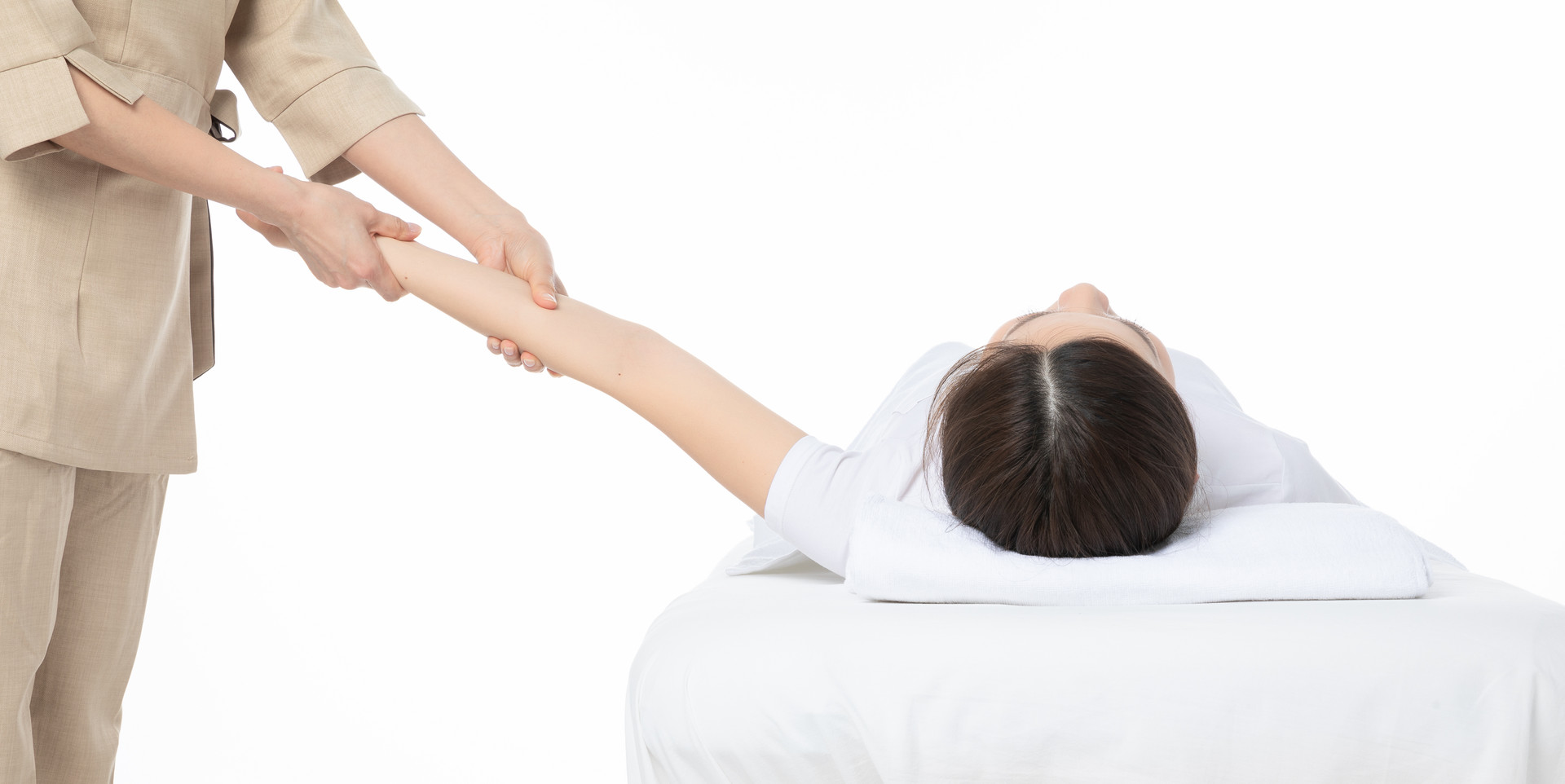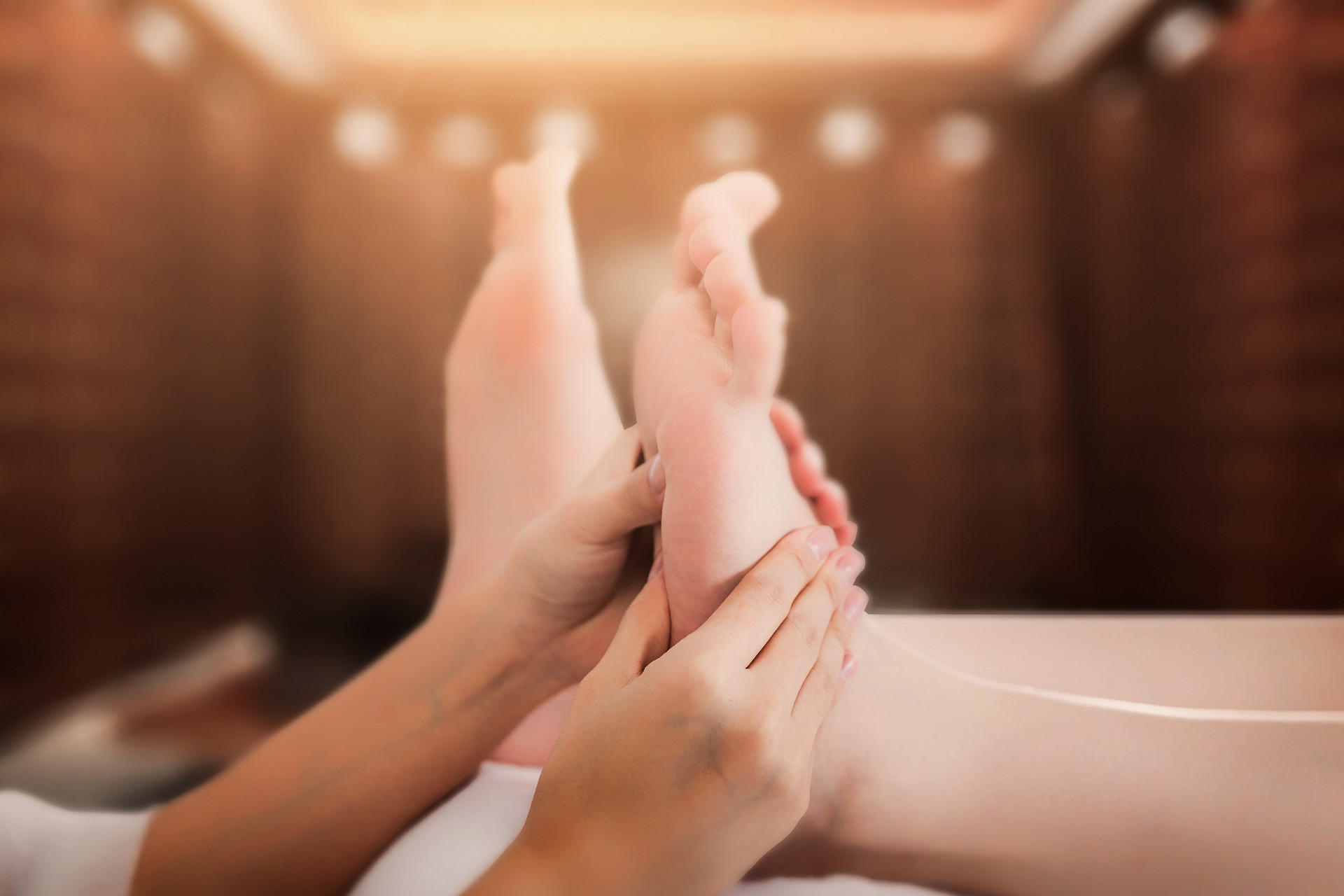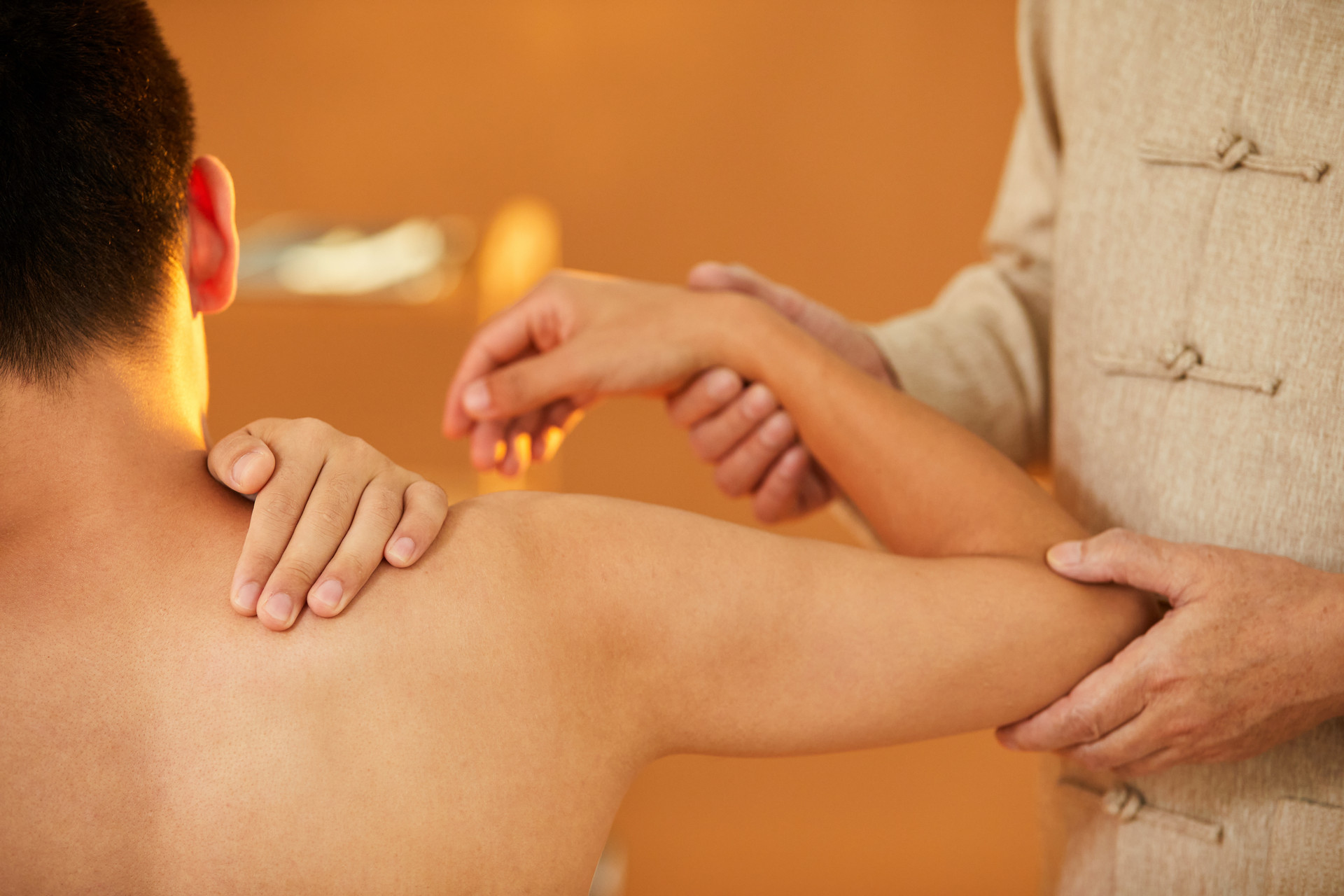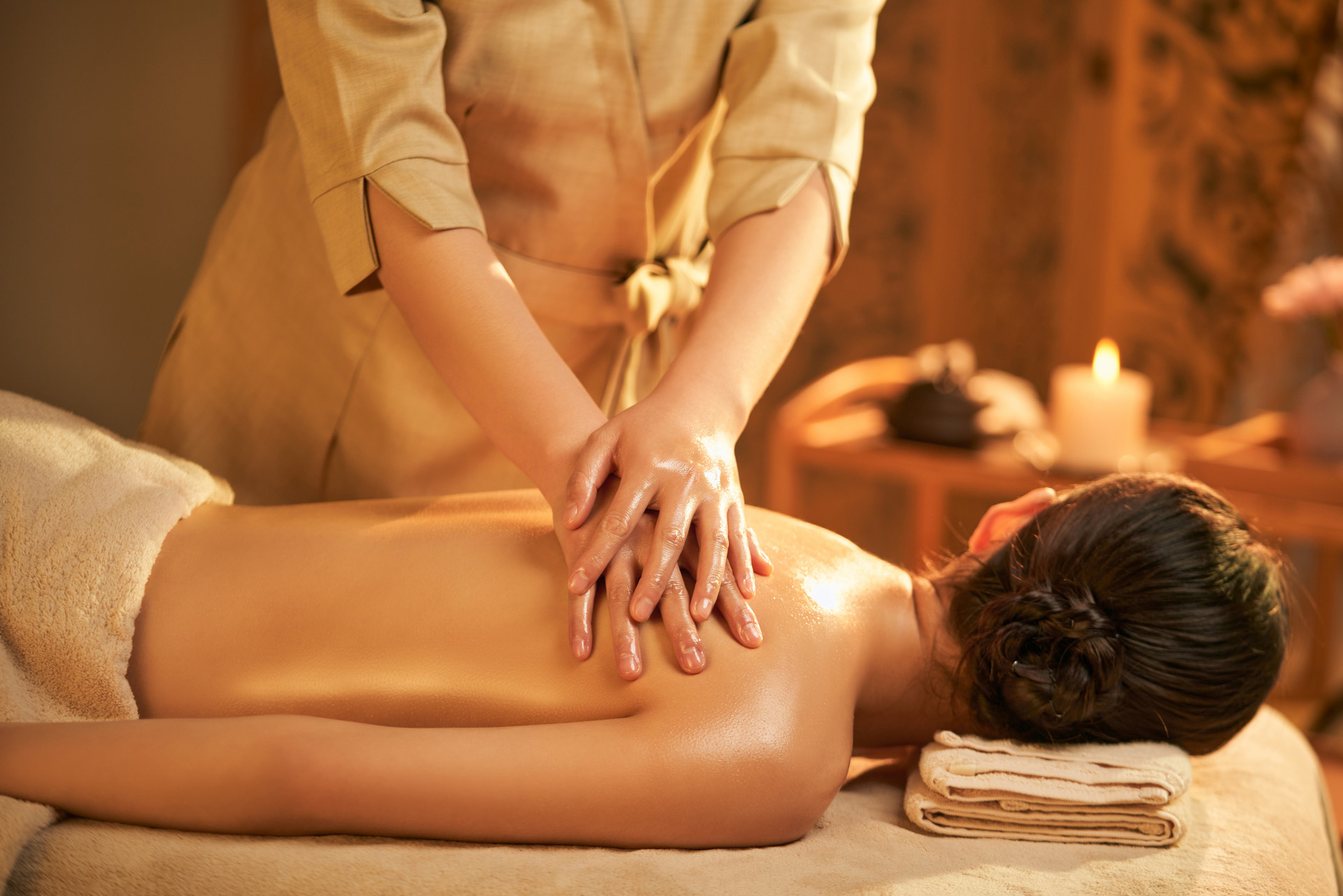Stasis is a common and prevalent disease in pediatrics. Pediatric stasis disease has various aliases such as "injured diet," "food stagnation," "undigested food," "milk stagnation," and "milk accumulation." It refers to a common pediatric spleen-stomach disease caused by improper feeding, internal injury from milk, stagnation in the gastrointestinal tract, failure to digest properly, and stagnation of Qi. Clinical manifestations mainly include lack of appetite, indigestion, abdominal distention, severe cases with pain, sour or loose or constipated stools, accompanied by restlessness, crying at night, or symptoms such as belching and vomiting. If left untreated for a long time, it can lead to severe malnutrition or micronutrient deficiencies, which can manifest as delayed growth and development, short stature, weight loss, and fatigue, causing great concern for parents. Therefore, effective treatment of this disease has attracted attention in recent years.
Treatment Methods
For the treatment of this disease, Western medicine currently mainly uses prokinetic drugs and intestinal microbiota-regulating agents, but the long-term efficacy is not ideal, and some drugs have significant side effects and are not suitable for long-term use.
Traditional Chinese medicine treats pediatric stasis mainly using pediatric massage and acupoint plaster therapy (spleen-strengthening plaster).
Pediatric massage: Select the following acupoints: nourishing the spleen meridian, clearing the stomach meridian, kneading the gate of the spleen, running the internal eight trigrams, retreating the six fu organs, kneading the abdomen, pushing and kneading the middle epigastrium, Tian Shu, dividing and pushing the abdomen Yin and Yang, and pushing down the seven vertebral joints for the treatment of milk stasis. Add Qing Tian He Shui and Qing Da Chang for restlessness and irritability, and knead the Qu Chi acupoint for the treatment of food stagnation and heat. Tonify the spleen, run the internal eight trigrams, rub the middle epigastrium, and clear and nourish the large intestine, knead the Zu San Li acupoint for the treatment of spleen deficiency and accumulation. All of the above treatments are accompanied by spinal kneading.
Acupoint plaster therapy (spleen-strengthening plaster): Grind and crush Jiang Qu, Lai Fu Zi, Ji Nei Jin, Mu Xiang, Guang Huo Xiang, Sha Ren, and Bai Zhu into powder. Mix with vinegar to form a paste and apply it to the Shen Que acupoint once a day. Each treatment course consists of 3-5 applications and is suitable for various types of conditions.
Treatment Experience
Pediatric massage therapy has the effects of dredging meridians, promoting Qi and blood circulation, adjusting organs, and strengthening the body's resistance to eliminate pathogenic factors. It is widely used in pediatric digestive system diseases because of its safety, effectiveness, and lack of toxic side effects, making it more acceptable to parents of sick children. Pediatric massage therapy focuses on differentiating between deficiency and excess, combining with the child's constitution and disease characteristics. The spleen of children is often deficient due to irregular feeding, which injures the spleen and stomach and leads to a dysfunction in the digestion and transportation functions of the spleen and stomach. Or the spleen and stomach are weak, and the rotten ripening and digestion are insufficient, causing food stagnation. Therefore, when treating, removing stagnation is essential for excess patterns, and strengthening the spleen is the main approach for deficiency patterns. It is important to pay special attention to the changes in deficiency and excess, the severity and urgency, and not to attack what is desired or tonify what is disliked. The application of techniques focuses on strengthening the spleen, clearing the stomach meridian, kneading the gate of the spleen, and invigorating the spleen and stomach, stopping vomiting and descending counterflow, and eliminating food stagnation. Clearing the large intestine, Qing Tian He Shui, retreating the six fu organs, and pushing down the seven vertebral joints can cleanse the large intestine stagnation, clear heat, and facilitate bowel movements. Running the internal eight trigrams can warm the middle and assist digestion, dispel stagnation and aid digestion. Kneading the abdomen, pushing and kneading the middle epigastrium, Tian Shu, and dividing and pushing the abdomen Yin and Yang can strengthen the spleen and stomach, regulate Qi, and aid digestion. Zu San Li is the lower point of the stomach and can be used to invigorate the spleen and stomach, regulate the middle, and unblock stagnation. Spinal kneading can regulate Qi and aid digestion and has a good effect on improving the child's appetite. When using these methods in combination, the function of the spleen and stomach can be restored, and the smooth flow of Qi in the middle jiao can be achieved, allowing the clear yang to ascend and the turbid yin to descend, resulting in the function of invigorating the spleen and replenishing Qi, eliminating food, and guiding stagnation.
Acupoint plaster therapy is based on traditional Chinese medicine theory and follows the principles of holistic concept and syndrome differentiation for treatment. According to the meridian theory, certain acupoints are selected and appropriate drugs are used for plaster application. Through the stimulation of the meridians and the absorption of drugs, it regulates the organs, promotes the circulation of Qi and blood in the meridians, and achieves the effect of treating diseases. For the treatment of pediatric spleen and stomach diseases, this study selects the Shen Que acupoint as the stimulation site. The Shen Que acupoint is located in the middle of the abdomen, adjacent to the stomach, liver, gallbladder, pancreas, intestine, and other digestive system organs. According to the main treatment characteristics of "the meridian passing through and the main treatment reaching," the Shen Que acupoint plays a very important role in the treatment of digestive system diseases. Modern medicine believes that the skin at the umbilical area is thin, with no subcutaneous fat and weak barrier function. The outer skin is connected to the fascia and peritoneum, and is rich in blood vessels and nerve networks. Therefore, the application of medicine in this area has strong and rapid absorption functions. The stimulation of this acupoint can reach the affected area quickly through the meridians and blood circulation, playing a role in strengthening the spleen and stomach, reinforcing Qi, and promoting digestion. The spleen-strengthening plaster contains Jiang Qu and Ji Nei Jin, which help digestion and eliminate stagnation, making the food flow smoothly. Mu Xiang and Lai Fu Zi promote digestion, Qi movement, and bowel movements. Sha Ren can warm the spleen and stop diarrhea, and Guang Huo Xiang can aromatize the turbidity, stimulate appetite, and stop vomiting. Bai Zhu strengthens the spleen and reinforces Qi. The combination of these drugs plays a role in strengthening the spleen, eliminating stagnation, promoting Qi circulation, and facilitating digestion. According to the principle of acupoint plaster therapy, drugs are applied to the acupoints or absorbed through the skin to act on the body, achieving the purpose of treatment. Although the drugs used in this formula are mild in nature and have minimal irritation, due to the delicate and weak skin of children, to avoid skin damage affecting the next treatment, the plaster should not be applied for too long each day, and it can be removed after 2-4 hours.
Pediatric massage and acupoint plaster therapy (spleen-strengthening plaster) have gentle and moderate effects. Some children may experience pain during spinal kneading, so the practitioner should start with light and quick techniques. The soothing touch after kneading may have a comforting effect on the child. After several treatments, the child will be able to accept it. In addition, during the clinical treatment process, due to the long duration of manual therapy, some children with stagnation may become restless and difficult to cooperate. Doctors need to have enough patience, a gentle attitude, and communicate with the child more to help them cooperate.







